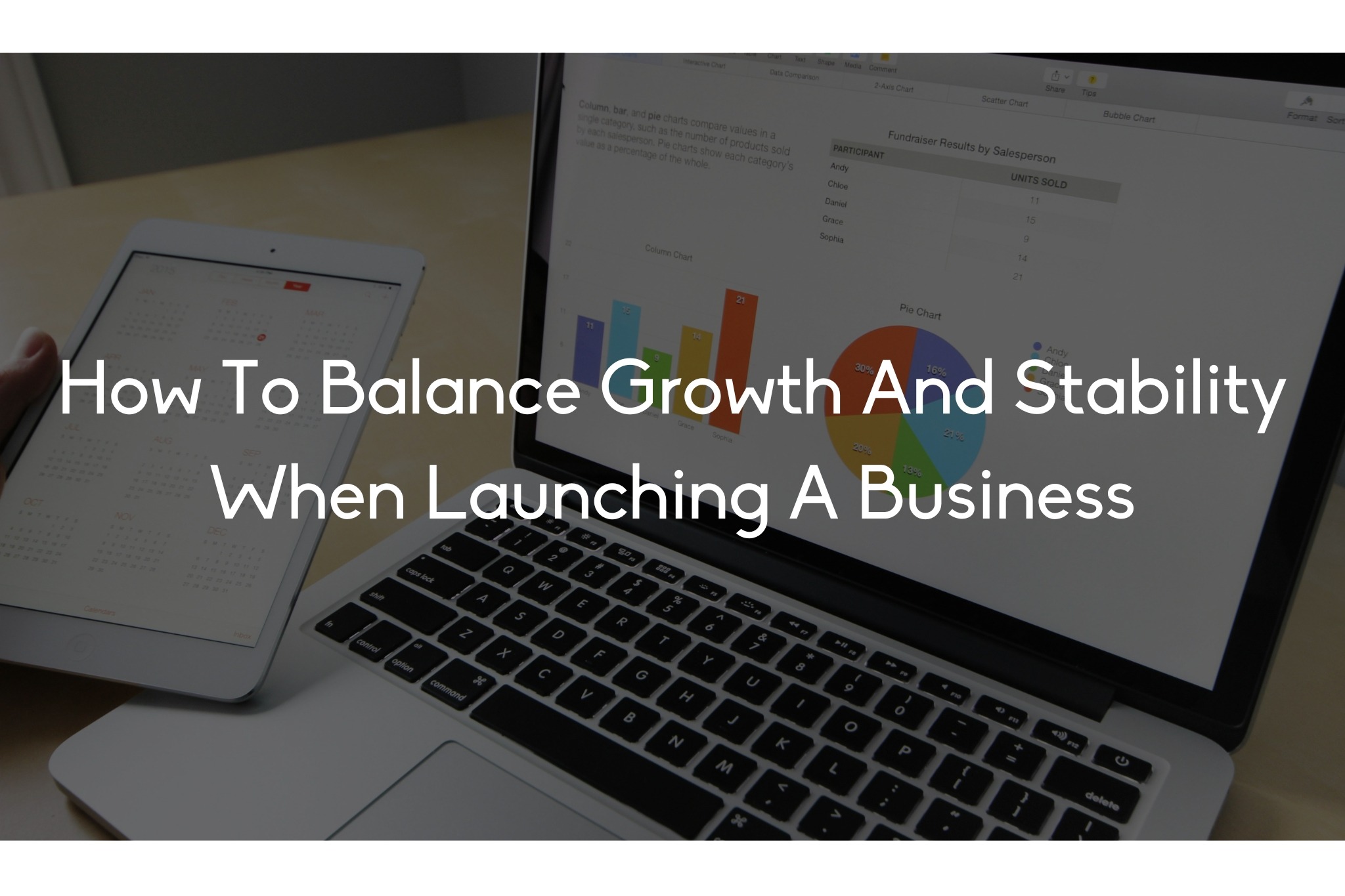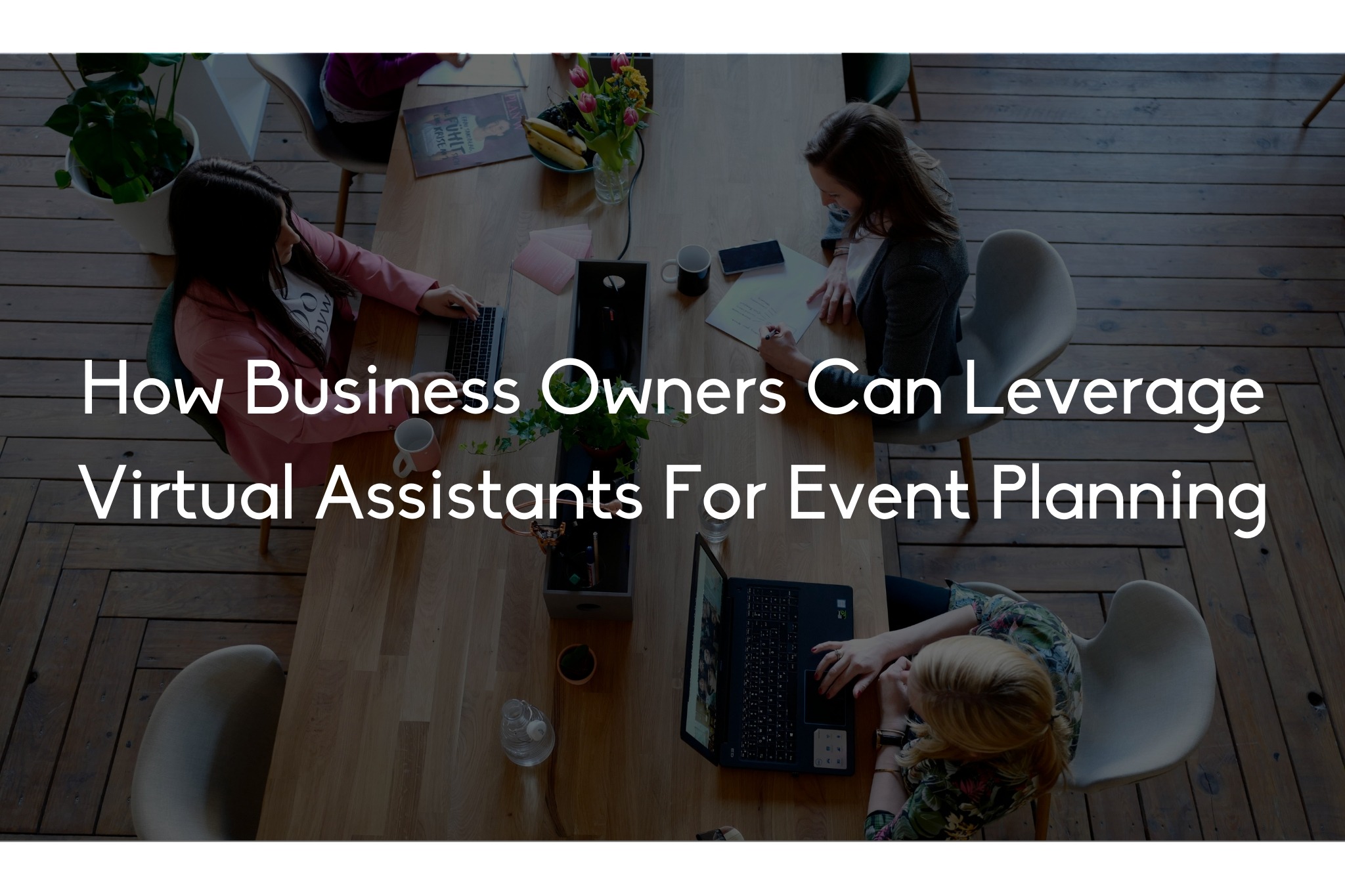
Hiring a virtual assistant should be the moment you breathe a little easier, reclaim your time, and finally get help where you need it most. But for some business owners, the VA experience feels like more work—not less. Missed expectations, repeated instructions, and underwhelming results lead to frustration, and in some cases, giving up on outsourcing altogether.
The problem isn’t the idea of virtual assistants. It’s how the process is handled.
This blog will break down why some businesses struggle with virtual assistants, where the missteps usually happen, and what you can do to make the experience a game-changer instead of a headache.
If you’ve had a frustrating experience with a VA—or are just nervous about taking that leap—this guide will walk you through the biggest pitfalls and give you clear strategies to avoid them. Because with the right approach, virtual assistants don’t slow you down. They unlock your next level.
Many business owners hire a VA with a loose goal in mind: “I need help with admin,” or “I just need someone to lighten the load.” But without clear deliverables, priorities, or outcomes, even the most capable VA will struggle to hit the mark.
Solution:
Before you bring on a VA, define success. What does a win look like in 30 days? 90 days? Are they taking over your inbox? Managing leads? Updating your CRM? Be painfully specific. Clarity upfront saves hours (and headaches) down the road.
A common myth: Once you hire a VA, they should magically handle everything without your involvement. In reality, VAs are an extension of your team, not mind readers. When business owners go hands-off too early, it leads to confusion, mistakes, and unmet expectations.
Solution:
Start with structured onboarding. Schedule daily or weekly check-ins during the first month. Use Loom videos to show exactly how you want tasks done. Gradually increase autonomy as trust builds. Delegation is a process, not a one-time handoff.
Some owners keep the wrong things on their plate and push the wrong things off. If you’re handing off high-level strategy and keeping tedious admin, you’re misusing your VA. Or worse—if you’re giving them tasks without context, they’re flying blind.
Solution:
Break your week into categories:
Start with low-risk, recurring tasks and build from there. Your goal? Delegate outcomes, not just checklists.
If your only communication is scattered across email, WhatsApp, and the occasional Zoom call, things will slip. VAs thrive with structure and systems—but they can’t build them for you if you don’t already have something in place.
Solution:
Implement tools that streamline collaboration:
Desperation leads to quick hires. And quick hires often turn into mismatches. You want a unicorn VA who can edit videos, do lead gen, manage your inbox, and run your ads? You’re setting yourself up for disappointment.
Solution:
Start with a clear role. Prioritize the top 3 outcomes you need from a VA—not a wishlist of 12 things. Then, assess based on values and work ethic, not just technical skill. It’s easier to train a reliable VA than to manage a flaky expert.
 What Success Actually Looks Like
What Success Actually Looks LikeBefore you bring on help, get your systems in place. You don’t need everything perfect, but basic documentation goes a long way. Think: “If I got sick for a week, could someone follow this and still run things?”
Checklist to prep before hiring:
Build the runway so your VA can take off.
The first month is everything. It’s where habits, expectations, and culture are set. If you ghost your VA for days or assume they know how you like things, you’ll be course-correcting for months.
Make your first 30 days intentional:
Training isn’t just about the “how.” It’s about the “why” behind your business.
Micromanaging how your VA spends every minute defeats the point. You didn’t hire someone to babysit—they’re supposed to give you freedom. The best working relationships are built on results.
Shift the focus from time to impact:
Instead of: “Did you work 5 hours today?”
Ask: “Did we get the leads uploaded and emails sent?”
Set deadlines, define deliverables, and let them manage the how.
Your VA isn’t a robot. They’re a person, and the better you treat them, the more committed they’ll be. Recognition, trust, and respect go a long way.
How to build loyalty and long-term success:
Great VAs don’t just follow orders. They grow with your business—if you let them.
Sometimes, it’s not the VA that’s the problem. It’s the lack of readiness on the business side. You can’t expect someone to plug into chaos and produce clarity.
At Katuva, we’ve seen the difference between businesses that use VAs and businesses that leverage them. The ones that succeed treat the VA like a strategic teammate, not a disposable task-runner.
If your past experience was rocky, it’s not too late to reset. The right foundation, the right mindset, and the right systems can turn a failed attempt into your biggest win yet.
You don’t need to do it all. And you shouldn’t.
Virtual assistants aren’t a luxury. They’re a lever. But only when used well.
If you’re struggling with yours—or scared to start—step back and get clear on what you really need, what systems are missing, and how you can show up better as a delegator. The transformation doesn’t happen when the VA arrives. It happens when you build a business they can plug into and thrive inside.


